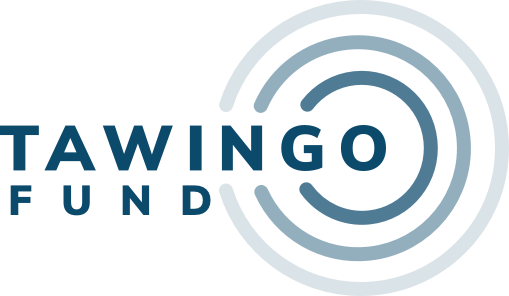Scale redefined?
As funders and NGOs, we talk and think about scale and systems change all the time. Yes it is important to have the biggest impact that we can, but maybe the traditional way of thinking about scale doesn’t have to be the only way?
This has been nagging me for the last few months, and only until I witnessed first hand what I had been thinking about for some time was I able to sit down and confidently write this post.
Five East African organizations who help children with disabilities connected earlier today to begin to brainstorm how they can better collaborate and share best practices. To start the call, they discussed recent wins. Kyaninga Child Development Center took the call from a meeting in Kampala, where they were connecting with government officials to begin to establish guidelines with the Ministry of Health on assistive devices. And just a few kilometers away, Mukisa Foundation shared that they just signed an agreement that will provide international internship opportunities for children with disabilities. Fount for Nations in Malawi just concluded meetings with government officials in which the government increased the inclusive education budget from .006% to 5% annually. And based on education that Fount for Nations provided to a community, that community had just gone door to door to try to find children with disabilities who were otherwise not leaving the house and get them access to resources. They discovered 45 children in just one community. Kuhenza in Kenya talked about how they are reaching local pastors who are then educating their communities on disabilities.
This is scale and systems change in action. The image in my mind (roughly sketched below- I welcome all designers to help me!) attempts to illustrate this. The left figure represents a more standard approach to scale through having one organization grow, while the right represents multiple, small organizations in different geographies and the ripple effect of their work beyond their location, which extends to cover a vast geography, ultimately intersecting with the reach of another organization.
Given that all organizations are not positioned to scale based on their intervention models, could be another way that we as funders and NGOs might think about scale? I certainly think so.

